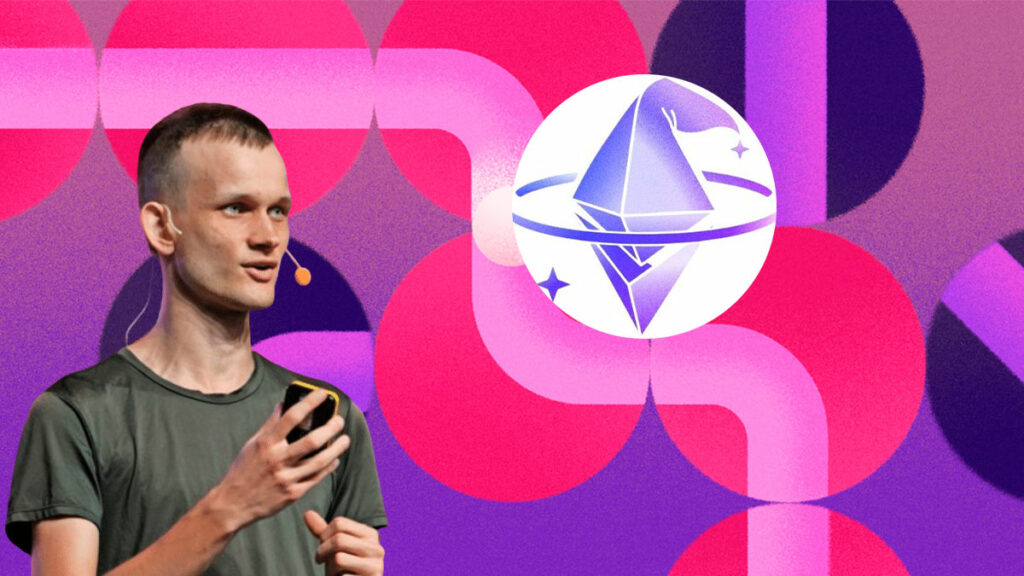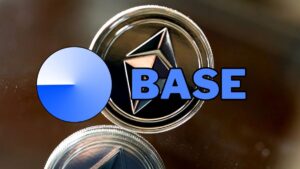TL;DR
- Enhanced Security via 2-of-3 Proof: Buterin proposes a new model using optimistic, ZK, and TEE proofs to achieve faster and more secure Layer 2 finality.
- Stage 2 Rollups for Scalability: The plan introduces Stage 2 rollups that promise near-instant transaction confirmation while adhering to Ethereum’s 30-day upgrade policy.
- Shift to Open-Source Funding: A cultural move toward transparent, open-source funding aims to prioritize high-value, real-world projects over optics in crypto development.
Vitalik Buterin, Ethereum’s co-founder, has unveiled a roadmap that promises transformative improvements to Layer 2 (L2) networks. Central to his proposal is the introduction of a “2-of-3” proof model, which leverages three distinct provers: optimistic, zero-knowledge (ZK), and trusted execution environments (TEE).
This innovative mechanism ensures that a transaction achieves finality when two of these systems agree, significantly reducing the risks posed by code vulnerabilities.
As ZK technologies gain traction, Buterin underscores the importance of diverse proof systems to prevent systemic failures. The multi-proof approach offers near-instant finality comparable to ZK proofs while bolstering security through redundancy.
https://twitter.com/VitalikButerin/status/1905733092662505586
The Evolution to Stage 2 Rollups
Buterin’s roadmap also introduces a groundbreaking development—Stage 2 rollups. These advanced rollups promise near-instant transaction confirmation combined with robust finality and enhanced security. Remarkably, this technological evolution adheres to Ethereum’s 30-day upgrade delay policy, ensuring a smooth integration while upholding network stability.
Stage 2 rollups mark a leap forward in scalability and trustlessness, aligning with Ethereum’s core values. The improved rollups are poised to streamline operations in partial-trust environments, bolstering Ethereum’s position as the leading platform for decentralized applications.
A Cultural Shift in Crypto Funding

Beyond technical advancements, Buterin advocates for a cultural overhaul in funding development within the cryptocurrency space. In a move to distance Ethereum’s funding practices from politicized notions of “public goods,” he champions “open-source funding.”
This shift emphasizes transparency and real-world value, prioritizing projects that deliver tangible benefits over those merely popularized through community dynamics.
According to Buterin, open-source funding could eliminate biases favoring optics over meaningful contributions. While not every open-source initiative will automatically qualify for support, the strategy targets high-value projects that enrich the ecosystem.
Pioneering Ethereum’s Future
Buterin’s dual-pronged approach—addressing technical and cultural challenges—positions Ethereum for sustained innovation and enhanced decentralization. With faster, safer Layer 2 networks and a funding strategy rooted in transparency, Ethereum aims to build a secure infrastructure while fostering meaningful progress.
These measures encapsulate Ethereum’s enduring vision: a decentralized, community-driven blockchain ecosystem that evolves responsibly to meet the needs of its users. This latest roadmap reflects Buterin’s commitment to guiding Ethereum into an era of groundbreaking technological and cultural transformation.










